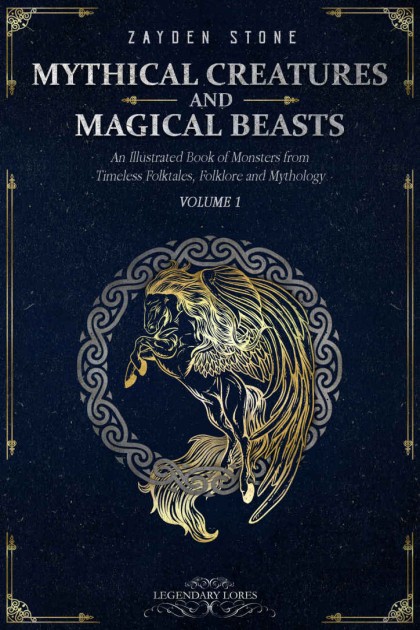

Most ebook files are in PDF format, so you can easily read them using various software such as Foxit Reader or directly on the Google Chrome browser.
Some ebook files are released by publishers in other formats such as .awz, .mobi, .epub, .fb2, etc. You may need to install specific software to read these formats on mobile/PC, such as Calibre.
Please read the tutorial at this link: https://ebookbell.com/faq
We offer FREE conversion to the popular formats you request; however, this may take some time. Therefore, right after payment, please email us, and we will try to provide the service as quickly as possible.
For some exceptional file formats or broken links (if any), please refrain from opening any disputes. Instead, email us first, and we will try to assist within a maximum of 6 hours.
EbookBell Team

4.7
76 reviewsWhat made Athena furious with a local weaver that she transformed her into Greek mythology’s first spider woman, Arachne?
What is the tall tale behind Filipino folklore’s sea serpent Bakunawa, who flies through the night skies devouring moons?
What is the symbolism behind French folktale’s infamous night rider, Cheval Mallet?
We have all been exposed to a mythological beast in one form or another. Whether it is the three headed guard dog Fluffy in J.K. Rowling’s Harry Potter series, or even the story of Smaug in J.R.R. Tolkien’s Middle Earth in The Hobbit; all these pop culture mythical creatures have a deep connection to the mythologies and folktales of ancient cultures.
Where did they come from? What relevance do they serve in mythology? Why are some so obscure, while others become pop-culture enigmas? Get the answer to these questions, and learn about beasts from different world cultures.
Folklorist Zayden Stone dives deep into the stories of these magical beasts and provides
a fictional anecdote,
a retelling of the original myths,
an analysis of the symbolism and relevance of the creatures,
and then pairs it with some beautiful black and white illustrations reimagined by artist Herdhian.
In the Mythical Creatures and Mythological Beasts book, the illustrated guide takes you through six themes that have been specifically chosen since they are consistent across cultures. The categories include
arthropods for insects, crustaceans, and arachnids;
avian for birds;
canines for wolves and dogs;
serpents for snakes and dragons;
ungulates for hooved animals like horses and cows; and
aquatic for water dwelling beasts.
Presenting the creatures in categories makes it easier to see what the beasts have in common. You will find some overlapping themes across ancient cultures that point to universal ideas in how humans perceive the world.
If you wonder where your favorite creature is, you will probably find them within these pages, even if they do not have their own chapter. For example, the
…